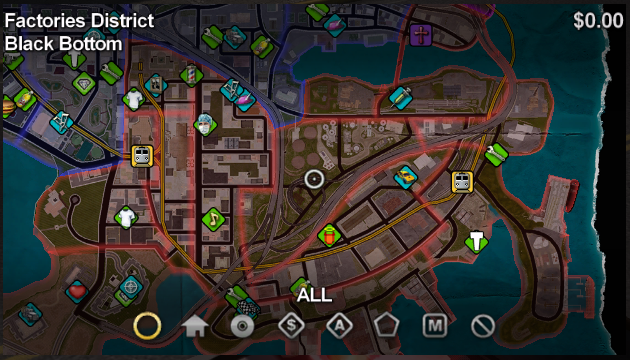

Until - yes - until I was researching this book. Researching this book, I discovered that he announced my birth in one of his columns, which I did not know. RANDALL: I've known Ziggy since the day I was born. So what do you remember about the real life Ziggy? And you actually attended that school when you were a child. He was the founder of the Ziggy Johnson School of the Theater. So let's talk about your narrator, Ziggy Johnson. RANDALL: The easy way to have that five-sense pleasure while you are reading this book is to shake up one of the cocktails, whether it's one with or without spirits.

And every chapter ends with a cocktail recipe.

It's a book of saints, 52 chapters, one for each week of the year, each describing one secular saint of old Black Detroit, the real people who orbited at the Black Bottom neighborhood of the city. SHAPIRO: The structure of the novel has its roots in the Catholic Church. One of the themes of "Black Bottom Saints" is joy is radical. And I wanted it to be a five-sense pleasure to read, even though it addressed public and private trauma. It knits together a hidden tapestry of Black life in Detroit, the city where Alice Randall grew up.ĪLICE RANDALL: I wanted to create a lost world of Black triumph. That's part of her project with this book. In the new novel "Black Bottom Saints," Alice Randall writes this - a central significance of all Black art is that it increases the capacity of both artist and audience to restore self and to know self.


 0 kommentar(er)
0 kommentar(er)
